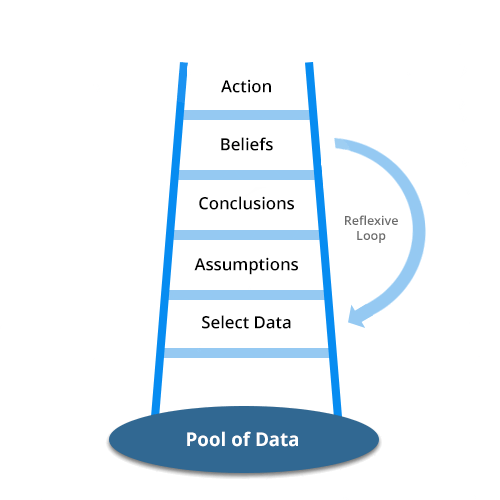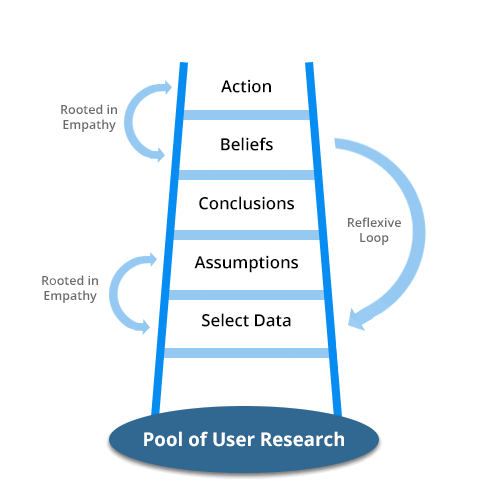6 min read
August 25, 2022


Seth Jacobs
8 Articles
Author's Articles

Seth Jacobs
8 Articles
UX
Empathy
Design
Human-centered design
There are hundreds of design methodologies and books that advise you on how to plan and manage a design project. They lecture you about how to conduct user research, they illustrate the process of proving or disproving a hypothesis, they explain how to iterate quickly — the entire works. However, there is an indelible constant which most of them exhort (but fail to explore) and it revolves around empathy.
When presented with a design inquiry or challenge, how do you consistently go through the motions of being empathetic? Do you close your eyes and hum to yourself in meditation? Perhaps chanting a mantra like:
“I am one with the user and the user is with me.”
Maybe that’s not an accurate depiction of your process, but I couldn’t write this without at least one Star Wars reference— especially one that fits the bill so perfectly. Think to yourself now: How do you flip the switch of empathy? Do you consciously think about it? Are you consistent with your empathy thought process when faced with a design decision?
I’ve found that a lot of UX designers and product managers acknowledge the need to be empathetic towards the user, but only at a surface level. There’s little thought given to how much their own mind, perspective and influence impact the outcome of an empathy exercise.
They often say out loud to themselves, “If I were the user, this is what I would do.” Subsequently, they assert to everyone the need to go in a specific direction without truly taking a moment to deep-dive into perspectives. So, that begs the question: How do you move past the noise and chaos of your own mind to conduct a consistent and valuable exercise of empathy?
Answer: Structure is needed.
Traditionally, the Ladder of Inference is defined as a subconscious thinking process that identifies how an individual selects a fact and ultimately lands on a decision. It looks something like this:

In a general sense, this is a fantastic way to dissect your thoughts in retrospect, or to proactively challenge someone else’s conclusion. It’s easy to consciously observe and practice this on your own accord, but what about when you’re trying to be empathetic toward a user?
It could look something like this:

Here’s how we work our way up the ladder:
In addition, we have this reflexive loop which teaches us that the beliefs we accept influences the data we select in the future. Which means that we need to be mindful of the influence that data from failed user tests could have on future decisions.
Give this process a try the next time you have a complex usability issue. Sit back, flip on your empathy switch and go through the steps to see what comes out the other end. When it’s broken down on a more granular level, you’ll find that you take a more thoughtful approach overall.
Share this content: